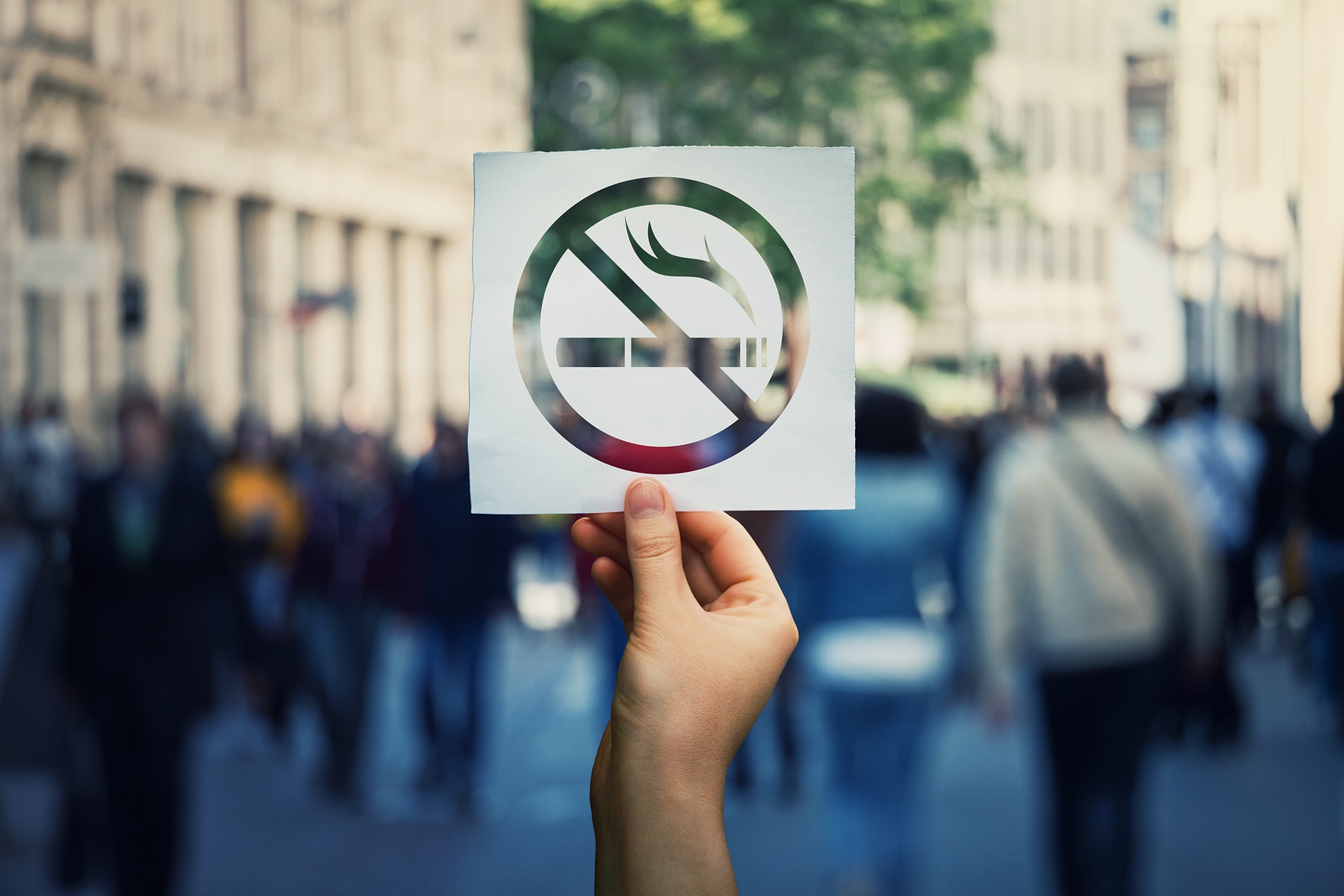
Twelve years ago, England introduced legislation to ban smoking in workplaces and enclosed public spaces. This followed similar legislative changes made by Scotland, Northern Ireland, and Wales. The aim of the ban was to reduce the potential impacts on health from passive smoking. While it can be hard to quantify the effects of second-hand smoke, research shows that non-smokers have a greater risk of heart disease if they live with a smoker.
Although controversial at the time, a decade later polls showed that the public was overwhelmingly in favour of keeping the ban in place. Surveys undertaken in 2017 showed that almost 15 percent of smokers in the United Kingdom attributed being able to quit to the ban, while 20 percent said they had cut down on the amount they smoked following the ban. In addition to lowered smoking rates, there has been a reduction in the number of bar workers reporting respiratory illnesses, and a review of the legislation change showed that hospital admissions for heart attacks reduced by 2.4 percent immediately following the ban. There has also been a decline in the number of people hospitalised with lung problems and asthma.
Now it would seem that the British government is looking to extend the ban further. A leaked Green Paper, a preliminary policy plan, reportedly outlines a proposal to encourage all smokers to quit or switch to vaping. The paper also highlights that tobacco companies will be made to cover the cost of helping people to quit smoking, rather than health services with the ultimate aim to eradicate smoking altogether in England by 2030.
Teenagers less likely to smoke marijuana if it is legal
In the United States, recreational marijuana use is being legalised in a growing number of states. However, despite concerns that legalising the drug would increase rates of smoking, a nationwide survey has found that marijuana use by teenagers had actually declined in all but one of five states. In the US, 33 states and Washington DC allow marijuana for medical reasons while 11 allow it for recreational use. Researchers have found that there was little change in the behaviour of teenagers following the legalisation of marijuana for medical use but that there has been a reduction in the number of teenagers saying they had used the drug since in states where it is allowed to be used recreationally.
The reason behind the reduced rates is not clear. It may be that teenagers find it ‘less cool’ to smoke marijuana once it no longer an illicit drug, or that it is due to public health campaigns warning of the potential consequences. However, some believe it may be because cannabis is more difficult and more expensive for teenagers to obtain in states where it is legal due to the need to produce proof of age to purchase it from licenced dispensaries and that teenagers are instead turning to alcohol or tobacco. A 2018 social survey found that 61 percent of Americans think that smoking marijuana should be legal.
